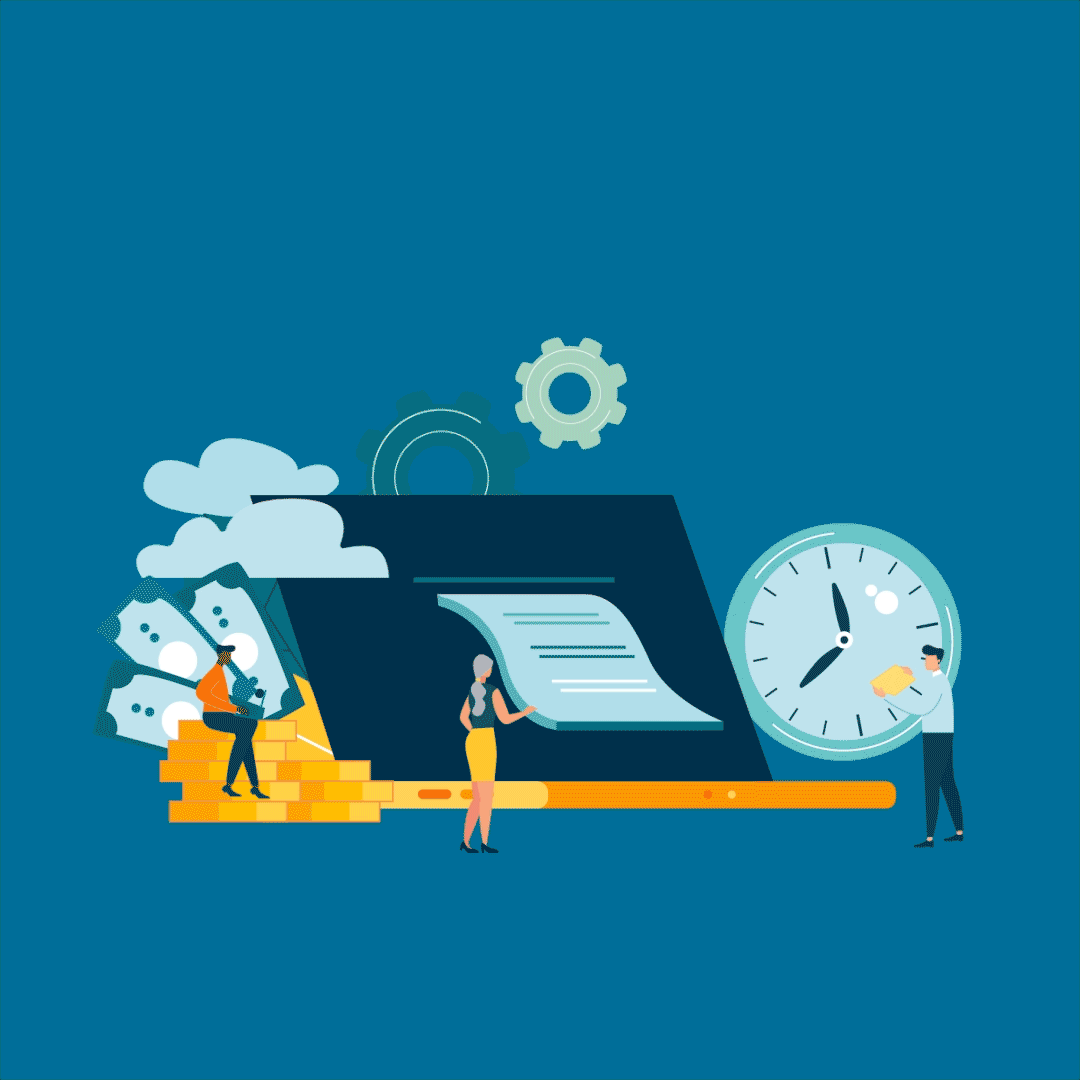The Ultimate Guide To Understanding Your Student Loan Options
Student loans are a significant financial commitment for many individuals pursuing higher education. Understanding the various loan options, repayment strategies, and forgiveness programs can help alleviate some of the stress associated with student debt. This guide aims to provide clarity on these aspects, empowering you to make decisions that align with your financial goals.
Key Takeaways
- Federal Loans: Offer lower interest rates, flexible repayment plans, and potential forgiveness options.
- Private Loans: May have higher interest rates and fewer repayment options; consider after exhausting federal options.
- Repayment Plans: Choose a plan that aligns with your income and financial goals.
- Forgiveness Programs: Explore opportunities like PSLF and Teacher Loan Forgiveness if you qualify.
Types of Student Loans

Federal Student Loans
Federal student loans are funded by the U.S. government and typically offer lower interest rates and more flexible repayment options than private loans.
1. Direct Subsidized Loans
Available to undergraduate students with financial need. The government pays the interest while you’re in school at least half-time, during the grace period, and during deferment periods.
2. Direct Unsubsidized Loans
Available to undergraduate and graduate students; financial need is not required. You’re responsible for paying the interest during all periods.
3. Direct PLUS Loans
Available to graduate or professional students and parents of dependent undergraduate students. A credit check is required, and the borrower is responsible for all interest.
4. Direct Consolidation Loans
Allow you to combine all your federal student loans into one loan with a single loan servicer.
Private Student Loans
Private student loans are offered by banks, credit unions, and other private lenders. They can help cover educational costs not met by federal loans.
Key Features:
- Interest Rates: Can be fixed or variable, often higher than federal loan rates.
- Credit-Based Approval: Approval and interest rates depend on your creditworthiness; a co-signer may be required.
- Repayment Terms: Vary by lender; may include in-school deferment options.
- Loan Limits: Can be higher than federal loan limits, depending on the lender.
Repayment Plans

Choosing the right repayment plan is essential to manage your student loan debt effectively.
Standard Repayment Plan
- Fixed monthly payments over 10 years.
- Typically results in the lowest total interest paid.
Graduated Repayment Plan
- Payments start low and increase every two years.
- Suitable for borrowers expecting their income to rise steadily.
Extended Repayment Plan
- Fixed or graduated payments over 25 years.
- Available to borrowers with more than $30,000 in federal student loans.
Income-Driven Repayment Plans
These plans adjust your monthly payment based on your income and family size.
1. Income-Based Repayment (IBR):
- Payments are 10% or 15% of discretionary income, depending on when you borrowed.
- Remaining balance forgiven after 20 or 25 years of qualifying payments.
2. Pay As You Earn (PAYE):
- Payments are 10% of discretionary income, never more than the 10-year Standard Repayment Plan amount.
- Remaining balance forgiven after 20 years.
3. Income-Contingent Repayment (ICR):
- Payments are the lesser of 20% of discretionary income or the amount you would pay on a fixed 12-year repayment plan, adjusted for income.
- Remaining balance forgiven after 25 years.
4. Saving on a Valuable Education (SAVE):
- Payments are 10% of discretionary income.
- Designed to reduce monthly payments for low-income borrowers.
Loan Forgiveness Programs

Loan forgiveness programs can help reduce or eliminate your student loan debt under certain conditions.
Public Service Loan Forgiveness (PSLF)
- Available to borrowers working in qualifying public service jobs.
- Requires 120 qualifying monthly payments under a qualifying repayment plan.
- Remaining balance forgiven after 10 years of qualifying payments.
Teacher Loan Forgiveness
- Available to teacher who work in low-income schools.
- Up to $17,500 in loan forgiveness after five consecutive years of service.
Income-Driven Repayment Forgiveness
- Remaining balance forgiven after 20 or 25 years of qualifying payments under an income-driven repayment plan.
Also Read : How To Get The Best Home Loan Rates In Today Market
Conclusion
Understanding your student loan options is crucial to managing your education debt effectively. By exploring federal and private loan options, selecting an appropriate repayment plan, and considering loan forgiveness programs, you can make informed decisions that align with your financial situation and career goals.
Frequently Asked Questions (FAQs)
What is the difference between federal and private student loans?
Federal loans offer fixed interest rates, income-driven repayment plans, and loan forgiveness options. Private loans may have variable rates, fewer repayment options, and no forgiveness programs.
Can I consolidate my federal and private loans together?
No, federal and private loans cannot be consolidated together. However, you can consolidate federal loans separately through a Direct Consolidation Loan.
What happens if I miss a student loan payment?
Missing a payment can lead to late fees, increased interest, and potential damage to your credit score. It’s crucial to contact your loan servicer if you’re having trouble making payments.
4. Can I change my repayment plan after I start repaying my loans?
Yes, you can change your federal student loan repayment plan at any time by contacting your loan servicer.
5. Are there any tax implications for loan forgiveness?
Under current federal law, loan forgiveness under programs like PSLF is not considered taxable income. However, this could change with future legislation.
6. Can I qualify for loan forgiveness if I work part-time?
For PSLF, you must work full-time for a qualifying employer. However, some forgiveness programs may accept part-time employment under certain conditions.
7. How can I apply for income-driven repayment plans?
You can apply for income-driven repayment plans through your loan servicer or by using the online application at StudentLoans.gov.



